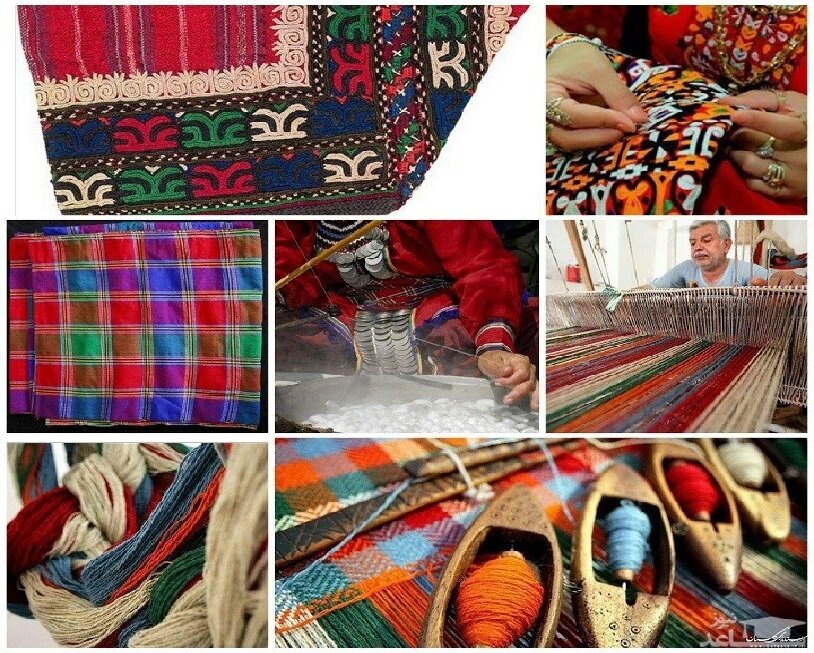TEHRAN – Handicraft exports from Golestan province amounted to over $3.3 million in the past Iranian calendar year 1402 (ended on March 19), a local official said.
Golestan province exported handicrafts products worth $3.3 million via official customs or suitcase trade (allowed for customs-free and tax-free transfer) in the past, Maryam Haji-Ebrahimi said.
Stone and wood crafts, needlework, fabric weaving, kilim weaving, Turkmen jewelry, handcrafted leather, traditional tilework, and embroidery are among the products of the province that were exported to countries such as Turkmenistan, Armenia, Uzbekistan, Bulgaria, England, Germany, the United Arab Emirates, Greece, Italy, and the United States, the official explained.
She added that during this period, significant quantities of various handicraft products such as traditional textiles, wooden and straw handicrafts, traditional embroidery, handcrafted leather goods, woven and non-woven textiles, pottery, and ceramics were produced in workshops across the northern province.
Referring to the activity of 7,500 artists in various fields of handicrafts in Golestan province, she said: that 95% of the activity in the field of handicraft production in the province is carried out by women, 70% of whom reside in rural areas.
Haji-Ebrahimi identified the lack of cooperation in advertising for handicrafts markets, the high cost of booths at international exhibitions, and the high prices of raw materials leading to increased product prices and subsequently reduced demand as some of the problems faced by artists.
She stated that Golestan’s Cultural Heritage, Handicrafts, and Tourism Department is striving to facilitate a better supply of artists' products by organizing temporary markets and providing booths at reasonable prices.
“Resolving other problems of handicraft artists also requires the cooperation of relevant institutions at the county, provincial, and national levels, and negotiations with factories and workshops nationwide to provide raw materials at reasonable prices for artists in the province are currently underway.”
Currently, a total of 13 cities and three villages in Iran have been registered by the World Council of Handicrafts as “world cities of handicrafts”. Based on available data, the handicraft sector of the country has generated jobs for more than 2.5 million people, of which some 1.5 million are registered in government databases and around 0.5 million are licensed workers.


No comments:
Post a Comment